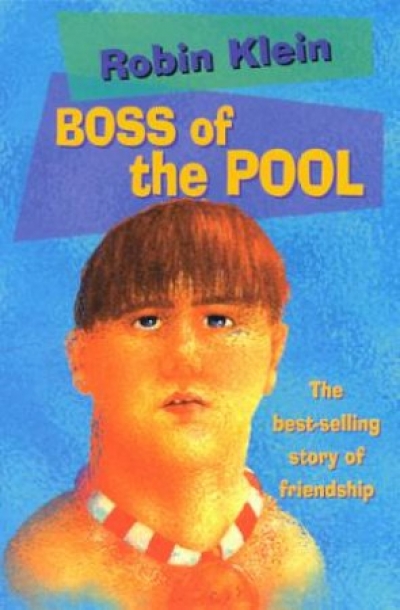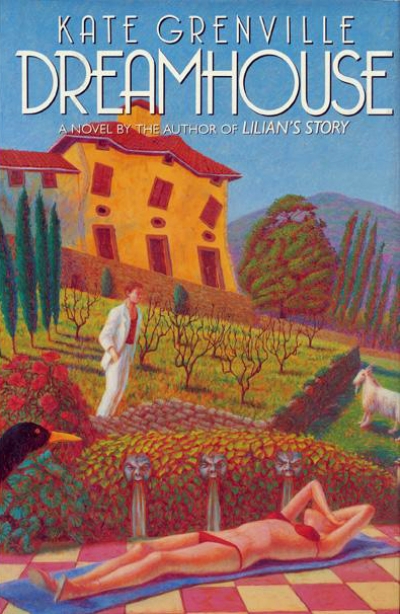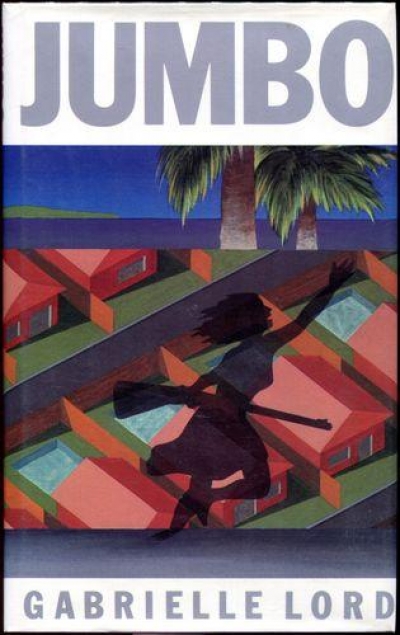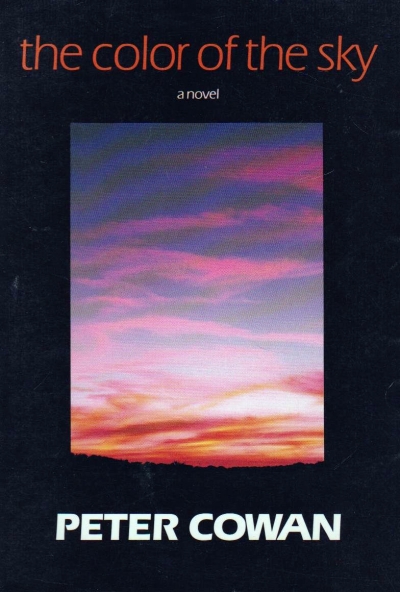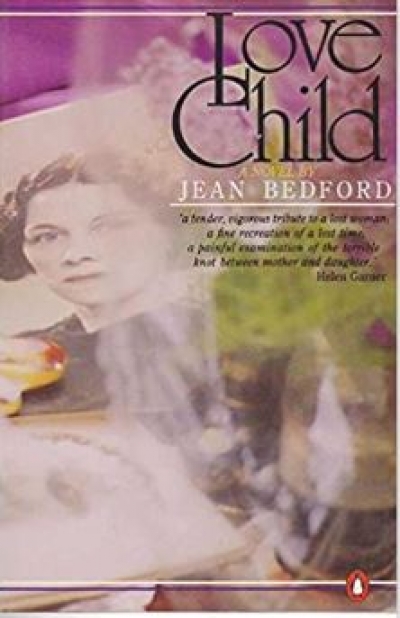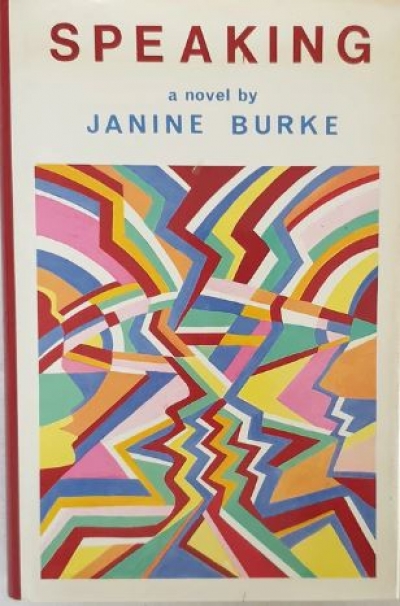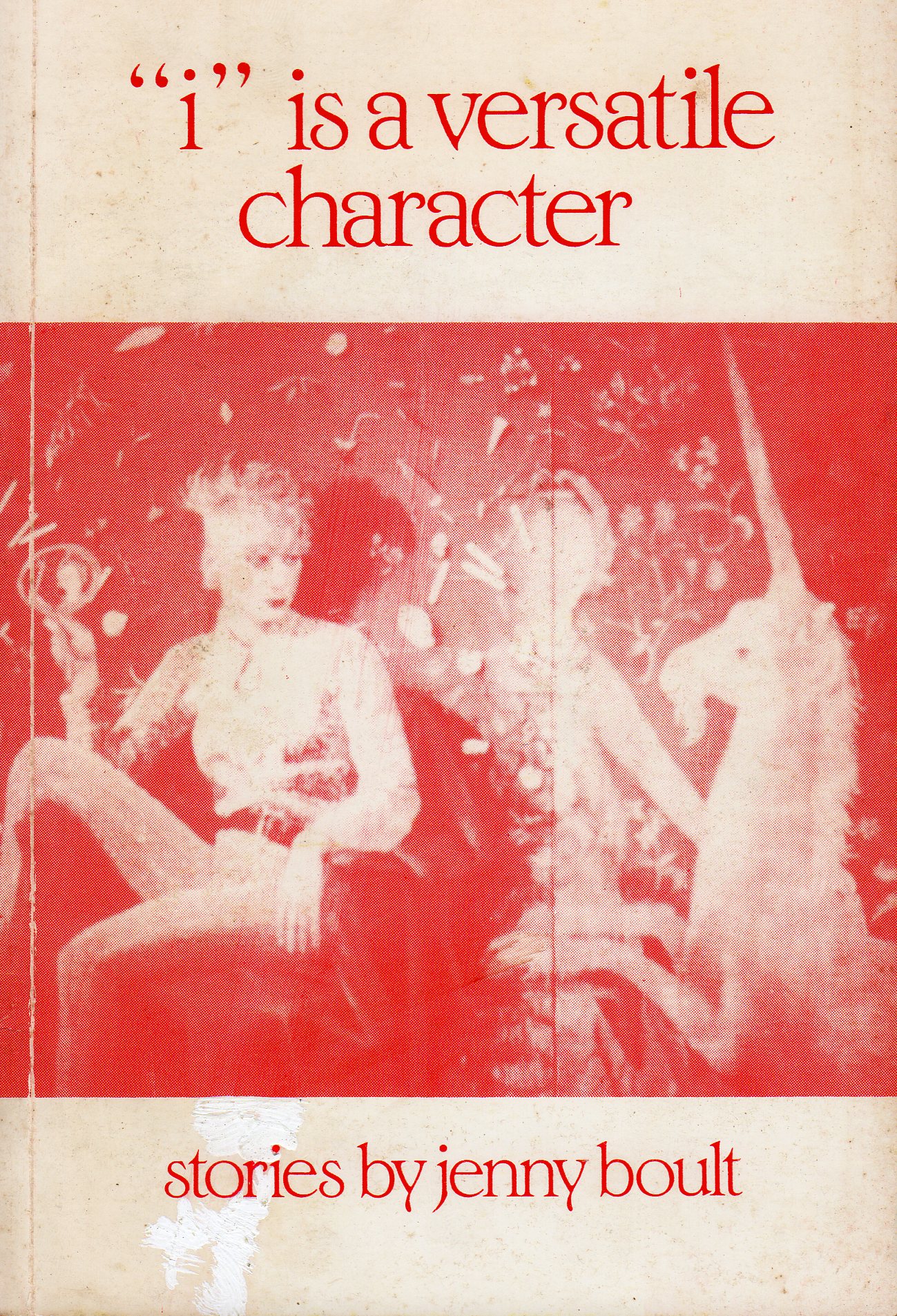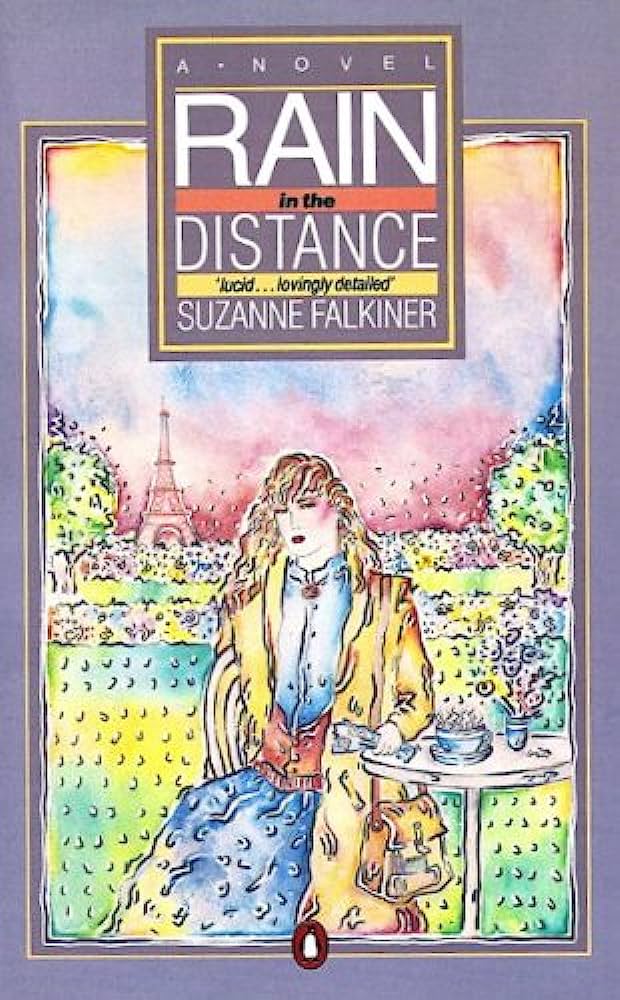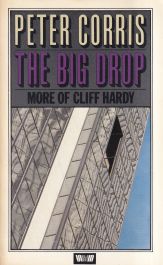Fiction
Boss of the Pool by Robin Klein & The Princess Who Hated It by Robin Klein
I think it’s time for Robin Klein to slow down, though my ten-year-old daughter Finley wouldn’t thank me for saying so. She almost shivered with excitement last year as she told me that her teacher was reading a chapter of Hating Alison Ashley to the class each day. ‘I just can’t wait for the next bit,’ she said, ‘but I don’t want it to end.’
... (read more)Dreamhouse, written before the wonderful Lilian’s Story (1984 Vogel winner), was the Vogel runner-up in 1983. Kate Grenville’s writing in this novel is clear-headed, strong, both witty and humorous, and above all lifts the imagination high. Dreamhouse wins my ‘Chortle, Gasp’ Prize for black comedy incorporating a design award for ‘best romantic fiction parody’ (it could have been called A Summer in Tuscany). It’s a darkly delightful book to read. Subversion of romantic expectations is immediate, ingenious, and horribly funny. Louise Dufrey is one half of an unlovely couple whose marriage looks perfect but is actually defunct.
... (read more)Gabrielle Lord’s novels – Fortress, Tooth and Claw and now, Jumbo, are all topical, readable, and (I expect) highly marketable. Lord is a scriptwriter as well as a novelist and each of these books seems like a transit point between a great idea and the kind of film which makes you lean forward in your seat and temporarily abandon regular breathing. There is, however, much to be said for them, as novels. They are thrillers, but they are not merely escapist. The plots dislocate everyday events in a way which questions the validity of what passes as socially acceptable. On the other hand, pace, suspense, and social critique seem to substitute for the subtlety and detail which would transform these books into something more than temporarily exciting and even instructive reading experiences. For all the immediacy and significance of Lord’s novels, the vibrancy of her work often seems to me to lie in its potential, rather than in the text at hand. In this respect Jumbo, the most recent novel, does not surpass its predecessors.
... (read more)Peter Cowan’s new novel The Color of the Sky is an elliptical, even enigmatic, narrative. Although specifically labelled a ‘novel’, it is a novella in its concision pf narrative explanation; as well as in its length. The layers of event and reminiscence are multifarious enough to fill out a hefty tome but are compressed in such a way that they become almost cryptic messages requiring considerable deciphering on the part of the reader.
... (read more)It must have seemed as natural to Penguin as money in the bank to ask Helen Gamer to provide a few enticing words for the cover of Jean Bedford’s new book, Love Child. Here, it would appear, is a book very much in the Garner backyard – short, domestic, ‘certainly not ‘loud’ or attention-seeking, but nicely crafted.
... (read more)
I met Janine Burke once. I had just finished a pleasant meal upstairs in Caffe Sport in Lygon Street, Carlton. Walking out, I saw a friend at another table. She introduced me to Janine Burke. To use a chosen word of the central character of Speaking, I felt a dill. How do you sound sincere when you say ‘I thought your novel was absolutely terrific’, when the novel has been sitting quietly around for twelve months and the review journal of which you are associate editor hasn’t managed to review it? I stumbled down the downhearted stairs thinking that they had more credibility than I did.
Portrait: A west coast collection edited by B.R. Coffey and Wendy Jenkins
Portrait presents a selection of short stories and poems from twenty-four writers from Western Australia: it celebrates a decade of publishing by the Fremantle Arts Centre Press by recognising (to quote from the brief introduction to this collection) ‘the achievement of writers who have been part of the history of the Press’. As we would now expect from this Arts Centre press, the book is beautifully produced, its stunning cover lifted from a painting by Guy Grey-Smith. In fact, the title of the collection itself announces the link between fine art and the writing this book contains. This is a ‘portrait’ of a publishing house and the writers it has fostered, and the stories and poems are themselves ‘portraits’ of people, places, flora and fauna, streets, and houses – colourful, exotic, introspective, delicate, distanced, isolated.
... (read more)Jenny Boult’s sixth book ‘I’ is a versatile character is also her first book of prose. It follows her play Can’t Help Dreaming which was performed by the All Out Ensemble in Adelaide, and four books of poetry, including The Hotel Anonymous, which won the 1981 Anne Elder Award.
The stories in this collection vary greatly in form and content, but they share a particular ‘poetic’ style which is rare among contemporary Australian prose writers. Although Boult is by no means the first Australian poet to publish fiction, she has been more successful than most in bringing to her prose many of the skills she has developed in writing poetry.
... (read more)Rain in the Distance by Suzanne Falkiner & Tilly’s Fortunes by Helen Asher
These two first novels join the rapidly increasing library of fine and varied fiction being written by Australian women. Pairing them in this review is entirely fortuitous, and it is always possible to construct a comparison between any two books with a little ingenuity. I would want to stress the contrasting ways in which these authors explore very different aspects of female experience. However, at this juncture I am also particularly conscious of the doubtful position a male reviewer takes when he wishes to praise women’s fiction in this way. It is one thing for men imbued with a dash of new consciousness to recognise the positive examination of women’s lives in fiction; it is quite another for them to hold it up to (masculine) judgement. Despite the passage of virtually a generation, I’m uncomfortably aware, as I write this, of some remarks made by Mary Ellmann in Thinking about Women:
... (read more)Place has always been an intrinsic element in the detective story from the Paris of Poe’s Murders in the Rue Morgue (despite the fact that his knowledge of the city came from an exhibition and not reality) to the London of Holmes to the village of Miss Marple to San Francisco of Hammett. In many cases it is as important a component as the detective character itself, or at least the detective is so entwined in his or her geography as to be impossible to conceive without it. This aspect of the detective novel probably reached if not its penultimate then its most obvious demonstration in Raymond Chandler’s Philip Marlowe and has continued through the LA detective tradition that Chandler founded (with considerable outside help from Hammett). The liveliness of that tradition together with the fact that Los Angeles is home to Hollywood have made it the most mapped city in public consciousness.
... (read more)

